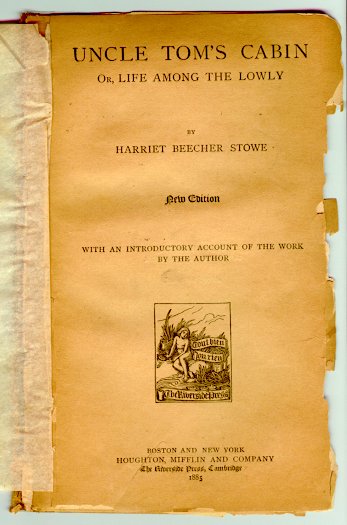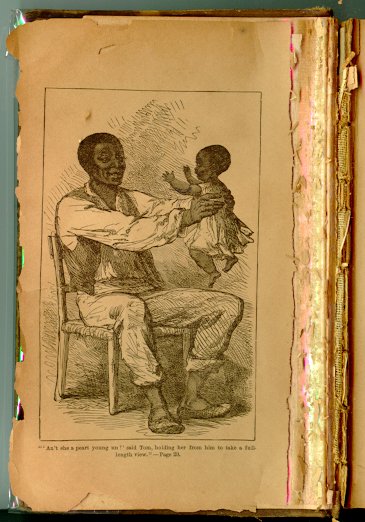Of Wasps Making Paper
Today, wasps try to teach us to make paper. The University of Houston's College of Engineering presents this series about the machines that make our civilization run, and the people whose ingenuity created them.
With the 1700s came huge increases in the use of paper -- newspapers, broadsides, the first magazines, gift wrapping. Soldiers used paper to wrap black powder and lead musket balls.
The trouble is, all that paper was made from cotton and linen rags. When the Continental Army ran the English out of Philadelphia, they reentered the town short on paper for their ammo. Then they found 2500 copies of a sermon on Defensive War in Ben Franklin's print shop and put them to use in their defensive war.
Historian Dard Hunter tells how housewives all over Europe and America came under intense pressure to save and recycle every scrap of old clothing. We read in the 1769 Boston News Letter,
Rags are as beauties which concealed lie,
But when in paper, how it charms the eye!
The Chinese, who invented paper 1900 years ago, experimented with every kind of plant fiber. They settled on bamboo and mulberry fibers -- both hard to come by in the West.
You can't make paper from animal fibers, like wool. So the English passed a law that burial garments had to be woolen. That freed 125 tons of rags per year for English papermaking. But it was a drop in the bucket. We needed a replacement paper fiber.
The French scientist, René Réaumur, came up with the solution in 1719. Look at North American wasps, he said -- what you and I call paper wasps. They make fine paper for their nests by chewing up wood and exuding it. And if they can do that, why can't we?
Réaumur didn't actually make paper. But the idea stayed alive until a German clergyman, Jacob Schaffer, got his hands on it. Between 1765 and 1771 he wrote a huge treatise on making paper from alternate fibers. He included actual paper samples that he'd made from wasp nests and directly from various woods.
But rag-based paper was too good to give up without a fight. Papermakers limped along. First they added straw, then grass, to their rag slurries. They tried to repair the color and quality by adding chemicals. Paper began a long, slow decline.
Not until the 1850s did papermakers break down and begin using wood pulp. The first paper they made with wood was simply awful. The chemical processes of wood pulp papermaking remained crude until the late 1800s. Since then, wood pulp paper has varied from wretched to pretty good. We still struggle to do what wasps had been doing, long before us.
Meanwhile, most 19th-century books are being eaten away by the chemicals in their paper, while abandoned wasp nests -- well -- they seem to last forever.
I'm John Lienhard at the University of Houston, where we're interested in the way inventive minds work.
(Theme music)
Hunter, D., Papermaking: The History and Technique of an Ancient Craft. New York: Alfred A. Knopf, 1943, Chapter XI.
Singer, C., Holmyard, E.J., Hall, A.R., Williams, T.I., A History of Technology, Vol. V, The Late Nineteenth Century, c. 1850 - c. 1900. London: Oxford University Press, 1958, pp. 712-713.
I'm grateful to Jack Thompson, Thompson Conservation Laboratory, Portland, Oregon, for pointing out and providing the Hunter source and for showing me excellent examples of wasp paper.
For more on early paper, see Episodes 894, 1051, and 1227.
For full size images of the pictures, click on the thumbnails above
Title page and frontispiece of a typical cheap 1885 edition of Uncle Tom's Cabin. This is a typical example of early wood pulp paper. Today it is so fragile that it practically collapses under its own weight.)

